As an Amazon Associate I earn from qualifying purchases.
Nixtamal. Such a cool word! It is to Mesoamerica what hominy is to the United States: corn treated with an alkali substance to render it more nutritious, easier to grind, and, to many, tastier and more aromatic — think about the smell of a Mexican corn tortilla and that’s nixtamalization you are smelling. Here’s how to do it at home.

Nixtamal or hominy are featured ingredients in a number of traditional dishes throughout the US and in Mesoamerica, primarily the American South, Mexico and Guatemala. Most of you know about hominy grits, which are regular grits made with nixtamalized corn; I like those made with white corn.
You will also see hominy in many soups and stews, most of which date back 500 years or more. The most famous soup with nixtamalized corn is pozole, which is arguably the national dish of Mexico, and which has a wide variety of styles; here is my recipe for red pozole, pozole rojo, and here is my rendition of white pozole, pozole blanco. Menudo also features nixtamal.
Primarily, however, you use nixtamal to make masa, dough for corn tortillas and tamales, as well as other tasty corn-based treats like tetelas or masa empanadas or Central American arepas. Nixtamalization is what allows corn to become an actual dough that will stick to itself.
What follows is how to make nixtamal, or hominy, at home. Why bother? A variety of reasons, really.
- First, industrially canned hominy is nasty, a far worse product than what canned beans are to dried.
- Second, homemade masa dough is amazing, as much of a revelation as is making pasta from freshly ground flour.
- Third, when you make your own masa dough by nixtamalization, it will stick to itself better than industrial masa harina, which is dehydated masa.
You also can make cool little masa dumplings with fresh dough, like the chochoyotes in my venison mole. This won’t work with masa harina.
Corn for Nixtamal
Making nixtamal is easy, once you are set up for it. First, you need dried corn.
Keep in mind that while any dried corn can be nixtamalized, not any dried corn makes good masa dough. More on that later. But if you just want corn in a stew or soup or whatever that tastes better than regular ole’ corn, any field corn will work. So far as I know, sweet corn is not nixtamalized, and it’s almost never dried anyway.
I get my field corn from a variety of sources. Mexican corn from Masienda, a Los Angeles-based company that imports heirloom corn from Mexico; I’ve bought red bloody butcher corn from Breadtopia.
The best corn for nixtamal is flour corn, usually grown in Mexico. After that, in order of preference, I’d go with dent corn, then flint corn, then popcorn.
I also grow field corn in my garden. My advice for good seed for field corn is to look up Native Seeds Search, the Seed Savers Exchange or Southern Exposure Seed Exchange. Just a note: field corn takes all season to grow, so plant it in spring according to how corn is grown where you live; check your local Cooperative Extension if you’re not sure.
Getting Ready
Measuring. While you don’t need to do this, it makes for better nixtamal if you do. The standard ratio for nixtamal starts with the weight of the corn. Then, 1 percent of the corn’s weight in cal, which is calcium hydroxide, sold as pickling lime or slaked lime in some places and cal in Latin markets.
As a side note, if you are using red corn, you will want to reduce the amount of cal to about 0.75 percent of the corn by weight; this helps keep it red. You can also shock the corn back into its proper color by dousing it with vinegar after it’s soaked overnight and rinsed. You would then rinse away the vinegar after the red color returned so you don’t have acidic nixtamal.
Similarly, if you use too much cal, you can turn blue corn weird greenish colors. Oh, and if you drop something acidic on a blue corn tortilla, it will turn it pink. Fun with chemistry…
After that, if you want to get technical, double the weight of the corn in water. I rarely do this, instead covering the corn by a depth of 1 inch. You do not want a ton of water in the nixtamalization process, or else the cal with be too diluted to work. Different cooks do it differently, and there are multiple ways to get to nixtamal. Here’s mine.
Simmering the Corn
Boiling. Bring the water to a boil, or, put the corn in the pot and cover by an inch and then bring it to a boil. Stir in the cal at some point before it boils.
You should see the corn immediately change color, usually there will be some sort of switch toward yellow. Weirdly, red corn turns black. Drop the heat to a simmer and simmer the corn for at least 30 minutes. Stir the pot every five minutes or so, to keep the cal well distributed.
After 30 minutes, check a kernel. Bite it in half. You want to see it about half cooked, but with a white, chalky center. Some corn can take an hour to get to this point, but start checking at a half hour.
When you are ready, turn off the heat. If your pot is heavy, like enameled iron, move it off the burner so it cools faster. If it’s a regular steel pot, keep it on the burner for some residual heat.
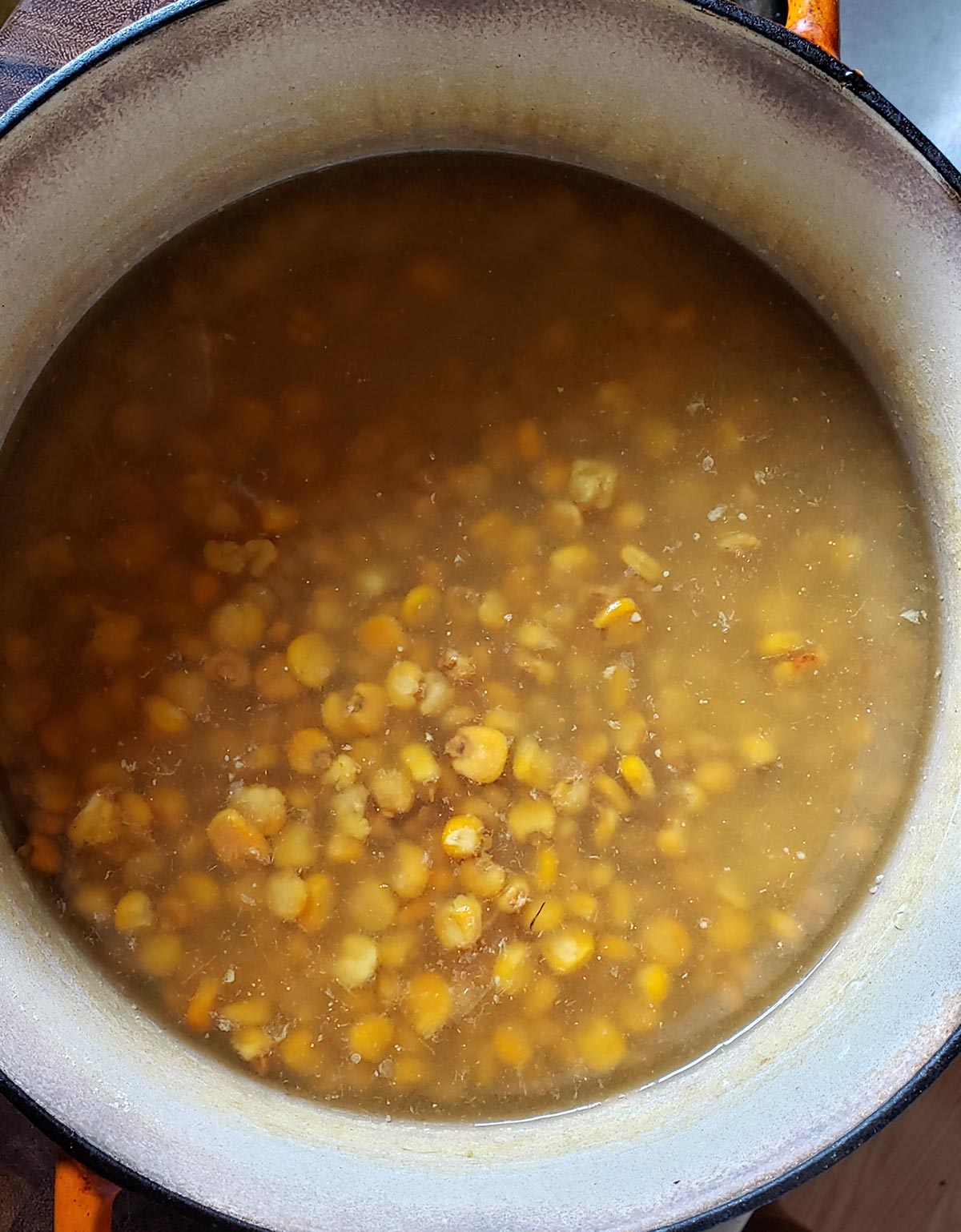
Nixtamal Happens Overnight
Waiting. You need the corn to soak for 8 to 12 hours at room temperature. If the corn has soaked up a lot of water after the boil, pour in enough so the corn is covered by about 1/2 inch. Cover and let the pot set overnight. It takes that long for the calcium hydroxide to fully do its work.
After you’ve let the corn soak, you will see your pretty corn swimming in a sea of sludge: That’s the pericarp, or outer coating, that has sloughed off. That’s good.
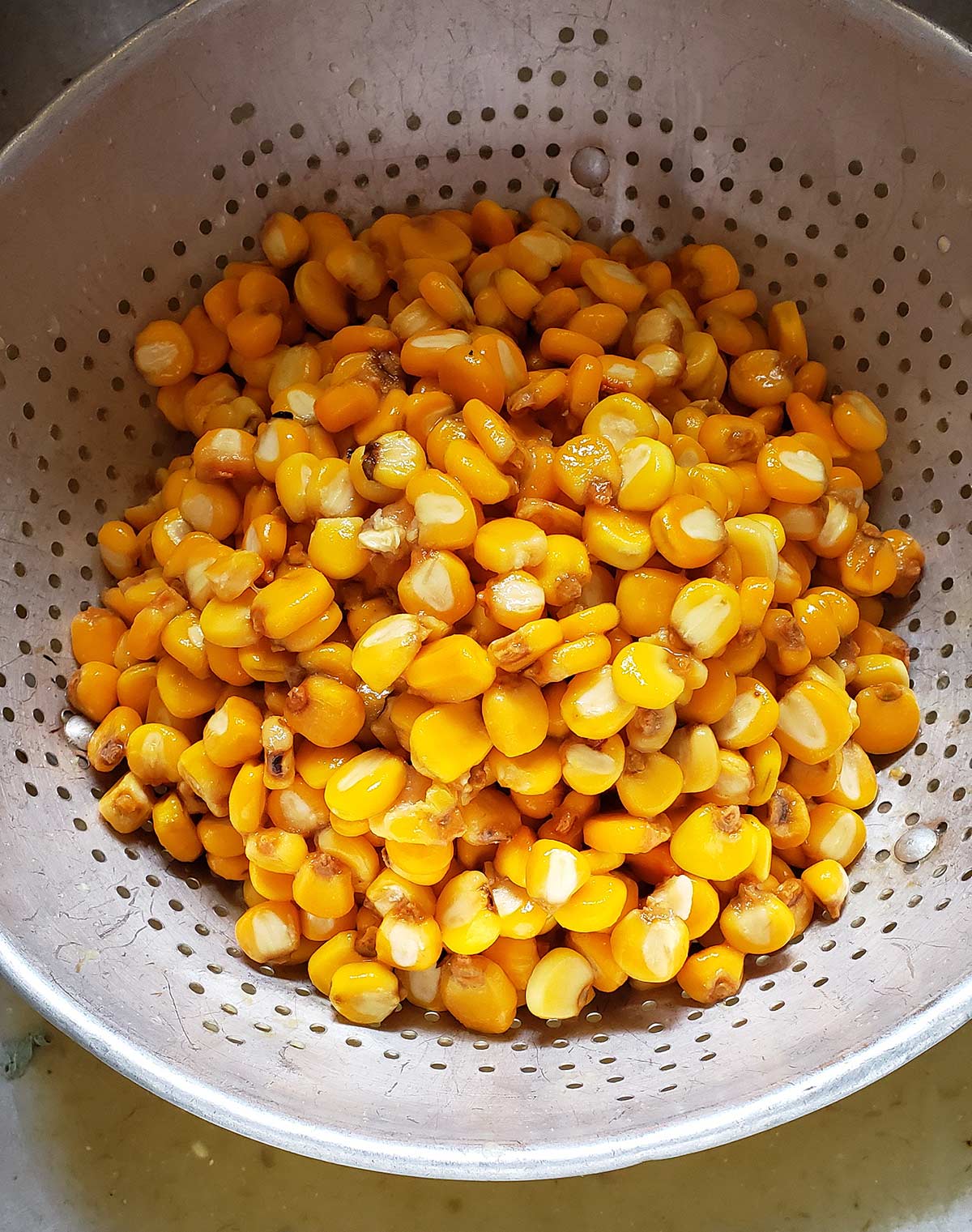
Rinsing and Rubbing
Rubbing and rinsing. You now need to rub off most or all of the remaining pericarp with your hands. Do this about 5 minutes or so, all in the sludgy water. Here’s a short video on how to do it.
Now, if you are making masa dough, save about a cup of that water, more if you are working with more than 2 pounds of dried corn. You’ll need this later.
Set the corn in a colander and rinse it well. Really well if you are using it whole-kernel for soup. You will notice that the sludge will collect in your sink’s screen. Periodically clean the screen. Leave a bit of the sludgy stuff on if you are making masa dough, get it all off of pozole or hominy grits. You now have nixtamal.
What to Do with Nixtamal
Now that you have nixtamal, normally you’d do one of two things: Grind it for tamales or tortillas, or keep it whole for pozole. I usually make a big batch, then grind it all in my corn grinder (yes, I am that crazy I have one), then make homemade masa harina with the rest for later.
Or, I will use the whole kernels in stews like the abovementioned pozole, of which I have many versions on this site. Pozole rojo, white pozole, pozole verde, and a Sonoran version called gallina pinta all use whole kernel nixtamal.
If you are not using it right away, you can dry nixtamal completely and use it as needed; it does take a long time to rehydrate and cook later, so keep that in mind if you use it in a stew down the road.
If you liked this recipe, please leave a ⭐️⭐️⭐️⭐️⭐️ rating and a comment below; I’d love to hear how everything went. If you’re on Instagram, share a picture and tag me at huntgathercook.
How to Make Nixtamal
Ingredients
- 1 kilo dried field corn, 2.2 pounds
- 10 grams calcium hydroxide, "cal" in Mexican markets
- 1 gallon water
Instructions
- Cover the corn with the water and stir in the cal. Bring to a rolling boil, stir, then drop to a bare simmer. Let the corn simmer, partially covered, for at least 30 minutes.
- Take a kernel out and bite it in half: You want to see it mostly cooked, but with a white, chalky center still. This can take as long as an hour, but start checking at 30 minutes. When the corn hits this stage, turn off the heat, stir once more, cover the pot and let it sit overnight.
- The next morning, use your fingers to sift the kernels in the now-sludgy water. You want to rub them well to remove the slimy pericarp. Pour the contents of the pot into a colander to drain. You will want to clean your sink's screen as the sludgy stuff will clog it.
- Rinse out the pot, then return the corn to it. Cover with fresh, cool water. Rub the kernels some more to get most of the pericarp off. (Here's a short video of the process.) Rinse in the colander one more time. You now have nixtamal.
Nutrition
Nutrition information is automatically calculated, so should only be used as an approximation.




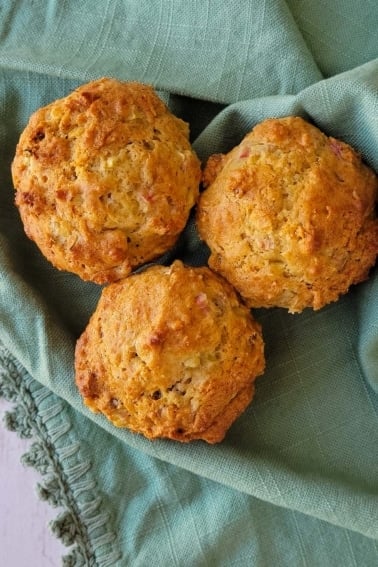

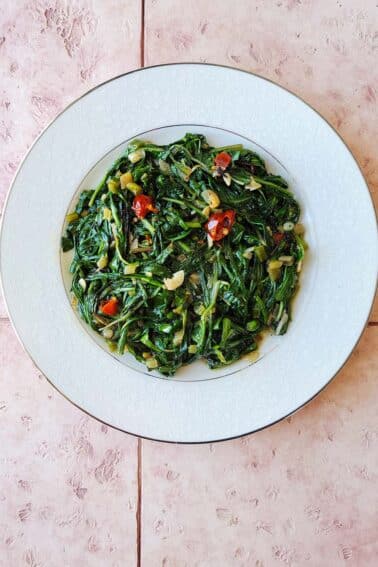
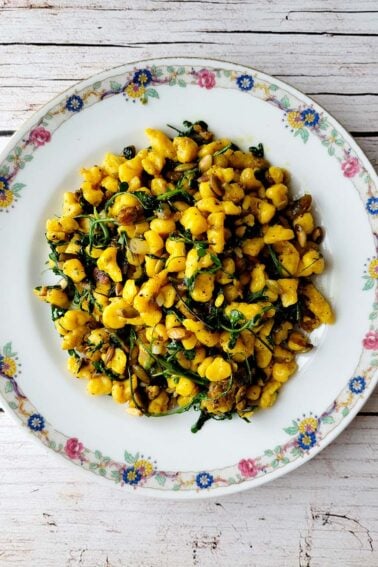
Wow I cannot even buy this stuff around here, but I can get those things to make my own hominy etc on line. THank you so much I really look forward to renewing my childhood memory of hominy and making my own tortillas. Thank you! I have clipped this to onenote for future reference. Event the comments are wonderful. I am subscribing.
Why eliminate the pericarp? It’s more texture right? So, if you eliminate it, you’re missing out on some texture and fiber, right? But, if you keep it, you’re still getting the improved nutrition from the nixtamalization, in addition to fiber and additional nutrition, right?
Or, would the presence of pericarp cancel some vital nutrition by its presence,… for example, if one used such corn as a staple of their diet, high reliance in their diet? In such a case, is it healthier without pericarp, or with pericarp?
Thanks!
I’m one of those types that likes some fiber-texture in some foods which naturally have fiber.
Masa without fiber is good for gunking the intestines and lymph. Heck even whole popcorn is gunky in the lymph, in some portions.
And so, I sprouted some green color field corn (mature color) at least twice length of the seed (on average) and am now nixtamalizing it. pH is about 11+ according to my pH papers. I put a full tblspoon in the water, with about liter of sprouted corn, enough water to cover the corn.
Scott: No. The pericarp is indigestible, and there is no added nutrition. And yes, your second paragraph hits it perfectly. The nixtamalization process unlocks extra, more complete nutrients. You can get a disease called pellagra from eating way too much untreated corn — and not much else. This happened in the South after the Civil War. The answer to your dilemma is to eat both kinds of corn! 😉
Hello
I am looking for a good variety of maize to make tortillas out of but I am admittedly overwhelmed. Would you have any suggestions as to what varieties to try/
Thanks
Brad: I highly recommend buying corn from Masienda, based out of Los Angeles. Their corn is second to none.
I have a question about grits. It seems that Quaker “hominy” grits are actually not nixamalized but mechanically separated. Also, other fancier brands like Palmetto grits are just untreated cornmeal. Do you know of any source for grits that have actually been nixamalized? (I can’t find any.) Thanks!
Mark: Huh. Didn’t know that about Quaker. Any “hominy” grits should be nixtamalized, and all the high end ones will be. But lots of grits are not hominy.
Thanks Hank for the great and concise instructions. Made posole rojo last night with dried corn I got from my CSA and nixtamalized. It was WAY better than canned hominy. WAY better.
Hi
I’m a diy-er homecook who want to make everything from scratch without burning down my wallet.
Can I make masa harina out of popcorn kernels?
Chanel: No. You cannot.
At what point would you freeze the nixtamal? After the initial nixtamalization, or after it is then cooked for an additional 4 hours until the kernels are soft? Or wouldn’t you freeze the nixtamal ever? I made a lot just now with future use in mind, and now await your opinion on this!
Thomas: You don’t. Or at least I have not heard of good results with frozen nixtamal. What I do, since yes, it’s a big production, is to make masa harina. So I’ll go all the way to the masa stage, then dehydrate at low temperatures and, once fully dry, grind fine. Or, you can cook, let it sit overnight, wash the pericarp off all the kernels, and then dry the whole kernels. That is the corn you need for pozole.
How much ash do you use if using wood ashes? Weight per weight of corn would be the most useful measure.
Can I use regular feed corn, sold dried for feeding horses? It seems to be flint, not dent.
Kathleen: I am not sure, I will have to check. Off the top of my head it is 10x the amount of Cal, though.
I stumbled here whilst looking up how to make my own corn nuts. Thank you for the great write up and information.
I’d never heard the word nixtamalization before this attempt to learn how corn nuts are made. So my question is, after you simmer and let it sit over night and rub the pericarp off, is that the point where you’d dry it to bake or fry into corn nuts?
I have about three tons of 1950’s dried corn. So far no luck getting it to sprout, so I’m interested in trying to make some into corn nuts. Easy to store and tasty snackin’!
Blue: Um… if your corn is from the 1950s it will be inedible. As for the corn nuts, I have never eaten one, so I am not sure how they are made. Sorry!
Well, last night I went ahead and used your nixtamal recipe on my old corn and today I made corn nuts. They came out great! I suppose it’s possible that there’s not much nutritional value in the corn, but can’t be any worse than Doritos :-). Thanks again for the helpful instructions.
Wow, a testament to the power of grains (in terms of storage). Perhaps you can find a small farmer who needs to feed chickens or pigs? It’s probably organic…
Even if you are “absolutely certain” that corn has been stored in very cold and dry conditions, and has never had a single mouse in it, I very much hope you have that old corn tested for mycotoxins (from fungi and molds) and bacteria left by rodent poop, before you go any further with that old corn. The last thing you want to be doing is accidentally making you, your friends and family, or possibly customers sick.
Will a grain mill work for grinding the masa.?
Is it possible to let the Nixtamal dry completely overnight.?
Pat: If you have a grain mill capable of grinding dry corn into flour, then it should work if you nixtamalize the corn, then rub off the pericarp, rinse it well and then dry it thoroughly.
Interesting…so is Maseca brand masa ground and then dried? We grew some Oaxacan green dent corn a few years ago in our school garden and I nixtamalized it last night. It made great tortillas today!
I stumbled on your site yesterday, gotta say I like what you do!
Chris: Yes, exactly. I also grew Oaxacan green corn last year. It does make decent masa.
Thanks, Hank, for this nixtamalization recipe. I cannot get dried posole locally here in central Florida, but we do have lots of hispanic groceries that sell dried corn. I will try my hand at it soon and make my version of feast day posole. No pig head, as in Oaxaca, but pig’s feet will do just fine!
#1 Can you use baking soda? I’ve used it with my glass gem to make a quick hominy. #2 By wood ash are you referring to making lye and using that?
Thank you 🙂
No. 1: Not to my knowledge. No. 2: Actually you use the ash itself.
My family, at least back to the 1890s, have used baking soda, works well and no danger of chemical burns if you get the wrong concentration. If sodium is a medical concern, use the lime. My great grandmother used ashes. She said getting the concentration right was time consuming and messy. In either case cooking time would be longer than with calcium hydroxide as they are both weaker bases than the hydroxide.
I use wood ash, and I will explain why. I heat the house with a wood stove and grow my corn. Slaked slate is something I would need to buy in. For me it is simply about self-sustainability. Love your site and your recipes
Do you dry the nixtamal before grinding or is it ground wet?
SM: It is ground wet.
Can the nixtamal be dried whole, stored air tight, and ground later for masa/tortillas?
Chris: In theory yes. It would be hominy then.
I see this error in many articles… nixtamal should be simmered lightly, water should not boil, still raw, leave it in the alkaline solution overnight, then grind to make tamales, tortillas, e.t.c. if you cook it longer, it is pozole, ir hominy… they are not the same… nixtamal is not pozole/hominy.
Oscar: I learned how to make nixtamal from Mexican chefs, as well as from an entire book dedicated to making nixtamal. They all boil the corn. All of them. And yes, the corn should not be cooked all the way through, it should be half-raw. Bite into a kernel and when it’s chalky in the center and cooked along the outer edge, turn off the heat and let it sit overnight. And every variety of corn is different, so you have to check timing each time.
Hi, how do you usually dispose of the waste water/alkaline solution? I read this is harmful for.the environment and that when making this in large scale there is legislation against dumping it in the sewage system. I would like to set up a Tortilleria and this seems to be the greatest challenge… Thanks in advance
Joao: I just pour it down the sink. But I am not even making nixtamal every day, let alone on a commercial scale.
Assuming you have a small enough volume and that your concentration was not too high, you can use it in agriculture. Calcium hydroxide combines with carbon dioxide in the air to form calcium carbonate, chalk or limestone. Both of these are used to sweeten the soil (raise the pH). Ashes have been used this way for millennia. If your waste is high volume, check with your waste management board about neutralizing it with a weak acid such as vinegar. Any of these methods require the “correct” ratios.
What is the name of the book? I would be interested in a deeper reading on the subject.
Michael: It’s called Nixtamal, and it’s put out by Masienda. I think you can also get it on Amazon.
Was just wondering if you ever tried this with fresh “field” corn, not dried. My girlfriend is from Colombia and swears that’s how her family makes it but damned if I can find a recipe for that.
Sharon: You need the corn to be at least mature, as in starchy not sweet. You’d nixtamalize as normal, but not boil for as long, maybe only 20 minutes. Then let it sit overnight, or 8 hours. See if that works? It’s what I would do first.
This is so well written and clear ! I am dying to make my own masa dough and was amazed that it is such a long process. First – got to find that dent or field corn !
Deer corn sold at hunting stores is just field corn at high prices ? sold to hunters. I live in rural areas and can easily buy corn in any quantity ( up to 500, 000 pounds or so ?) but deer corn will suffice you will not want cracked corn. So look at that.
Hank, can I use a meat grinder for grinding corn?
Chris: Yes, but it’s not fantastic. It will get you part of the way there, but you’ll still need to grind it finer.
Hey Hank, another great article! Hope you and Holly are staying safe and healthy right now. I’ve made nixtamal before using cal and using wood ash, but never heard of anyone saving the water to use in their masa. Do you think that would be okay to do when using ash? I strain all the ash from the water before ever adding the corn to simmer, so there wouldn’t be any actual ash in there.
Where can I learn more about making this with wood ash?
Awesome article, Hank! Thanks, as always. One note, my two cents: I DO see at least “one reason why”, in favor of wood ashes…the continuance of tradition! Here in Northern New Mexico, it is traditional to use Cedar (Juniper) ashes to nixtamalize the flint/ dent corns. One local expert on corn and the acequias, Miguel Santistevan, taught me and the high school agriculture class I teach, about this and other traditions. He can be found via his Sol Feliz Farm, near Taos, NM. I have not yet had the opportunity to nixtamalize my own masa/ posole, but I plan to grow my own next year, and to use wood ash to do it. 🙂
By the way, one more resource bears noting (and nice work shouting out Native Seeds S.E.A.R.C.H.); that is the Rocky Mountain Seed Alliance.
Super cool, and necessary article. We will achieve the food sovereignty revolutions one tortilla at a time!
Bryan: Absolutely agree. And I’ve done it with ashes, it’s just that I’d rather do it with the slaked lime. But yes, it is a very good skill to have in your back pocket.